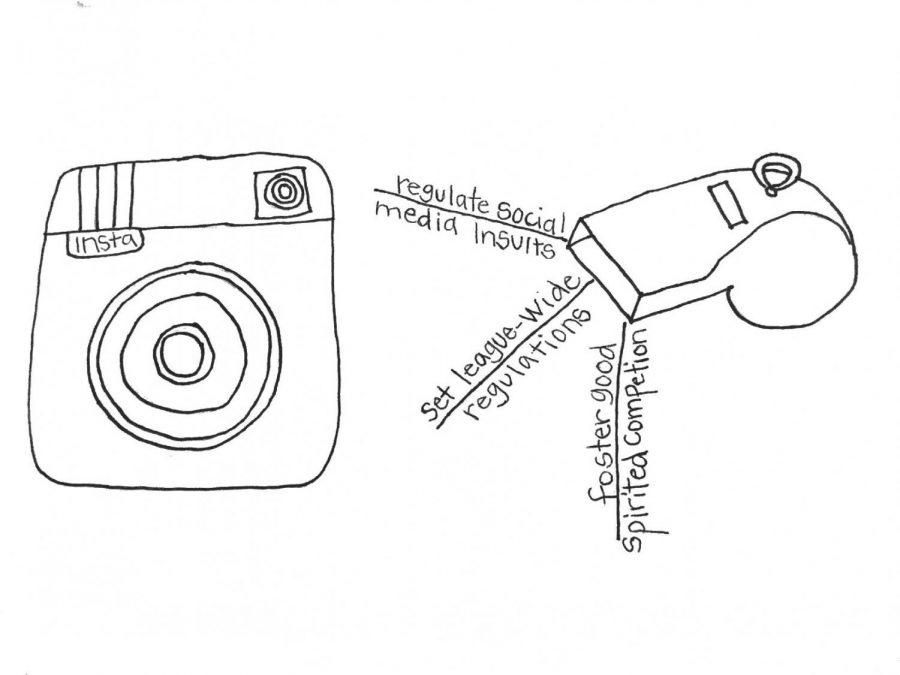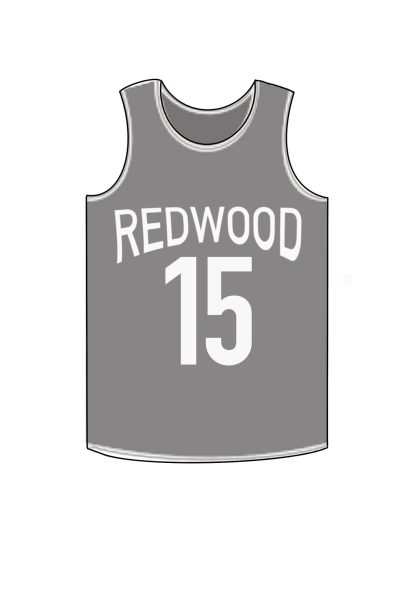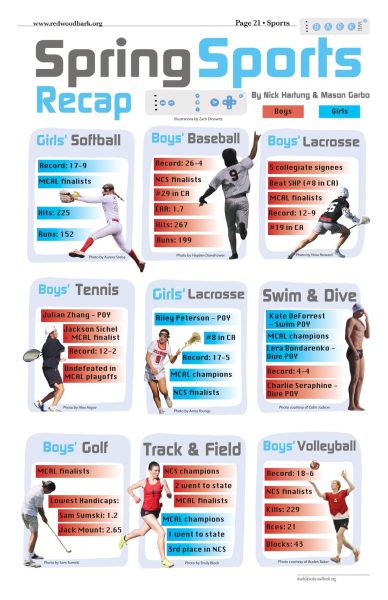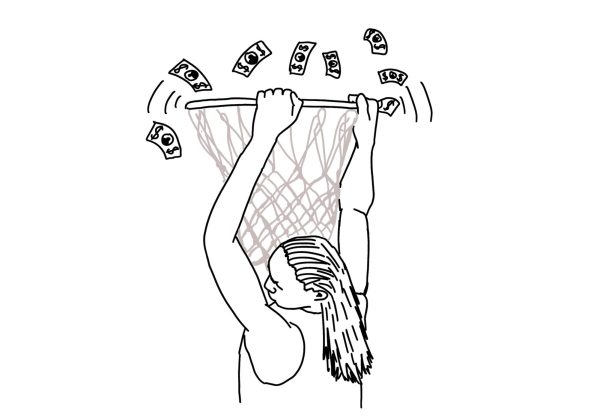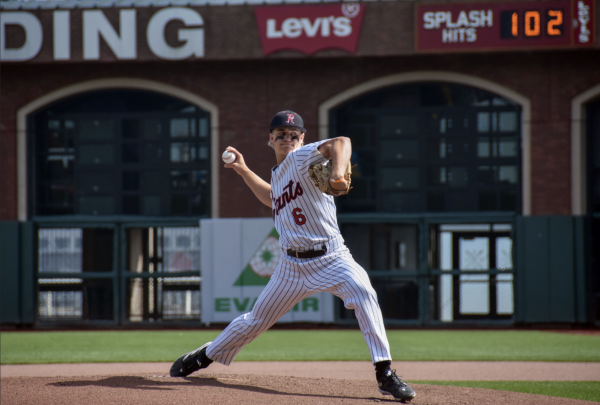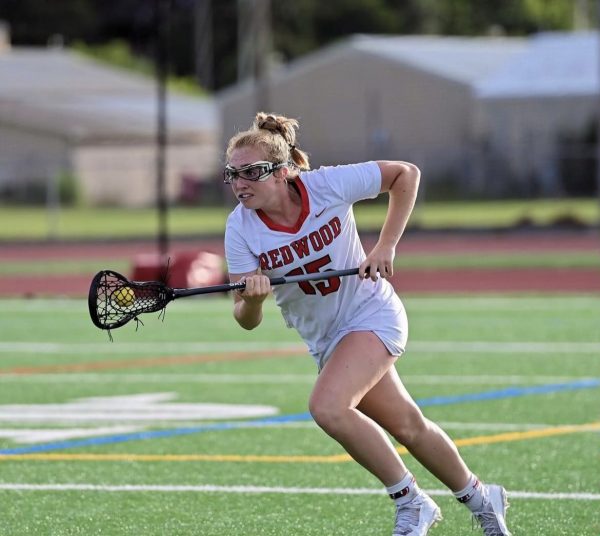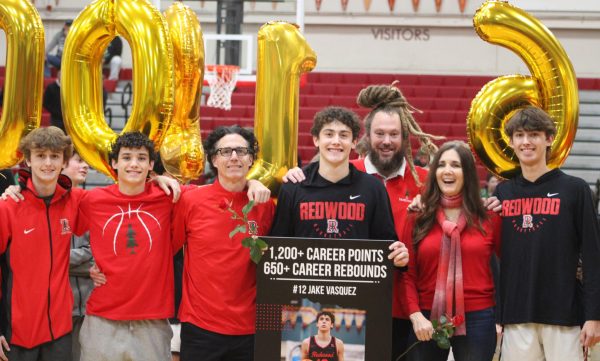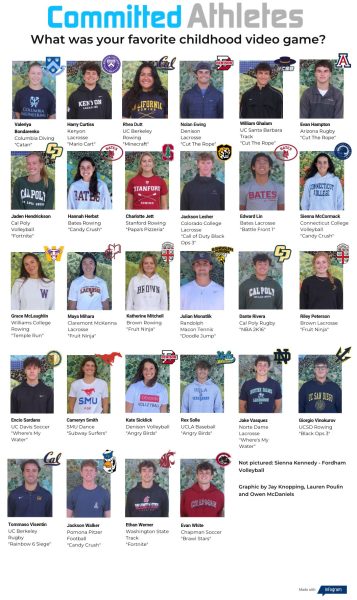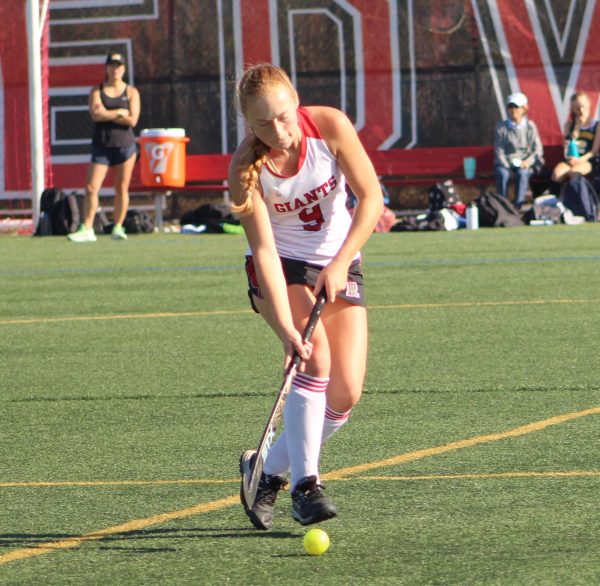MCALs needs to blow the whistle on social media insults
March 24, 2019
A sea of red shouts in unison at the opposing swarm of Branson blue as players’ numbers, coupled with personalized insults, are yelled out, while familiar chants of “this is our house” or “daddy’s money” echo through the gym. Such rivalry between schools has been a staple of high school sports long before our generation; however, in the era of iPhones and social media platforms such as Snapchat and Instagram, the competition and heckling are no longer contained to the bleachers, making their impact more expansive and significant. The Marin County Athletic League (MCAL) must combat the issue of social media animosity by establishing an updated specific code of conduct across the league as well as a guideline for consequences. This will in turn help promote an environment that allows fans and athletes to support their team without the exacerbation of social media.
After two agonizing Redwood losses this past season at the hands of Branson in the boys’ varsity basketball and girls’ varsity soccer MCAL finals, a group of Branson students decided to smear their victory across Snapchat with a geotag of the winning scores and a photo of the winning pennants.
Though I instantly erupted in outrage, along with my fellow soccer teammates and many Redwood students, I was unclear on whether this was another lighthearted part of the rivalry—or something that crossed the line. This lack of clarity stems from the MCAL failure to set updated standards for player conduct and to consistently regulate this type of behavior. As a result, this unchecked hostility not only creates an abusive environment for individual players but also worsened relationships between teams. This absence of regulation further perpetuates a harmful side of competition that is no longer just a form of team spirit but enters into the domain of slander.
MCAL may claim it’s the responsibility of school coaches and administration to supervise their students. However, with different standards across Marin high schools, this strategy instead results in an unequal playing field for both players and fans that further incites resentment between schools and among players.
Four years ago, after a Tamalpais (Tam) soccer player tore her ACL while being tackled by a Marin Catholic (MC) player, her teammates took to social media to attack the MC player. Though the target of the post wasn’t intended to see it, she inevitably did, along with the Tam coach and administration who took it into their own hands to suspend the two Team players for one game.
Though this may be a rational response, the lack of a league code makes all responses, no matter how rational, based on subjective discretion as opposed to clear guidelines. This, in turn, promotes an irregular and biased disciplinary system.
This inconsistency is highlighted by the disparity of policy between private schools such as Branson and Marin Catholic and public schools such as Tam and Redwood.
According to Branson senior Renee Ferguson, all freshmen entering the school are required to sign a strict code of conduct that applies to student behavior both inside and outside of school for their four years of high school. According to Ferguson, this code has allowed the school to tell students in the past to either remove posts from their private Instagram that are deemed a violation of the Branson code or face school consequences. This level of school involvement in students’ social media is not possible at public schools such as Redwood because of state-mandated regulations that only allow public schools to take disciplinary action for activities outside of school if they cause a substantial disruption. According to the American Civil Liberties Union, a substantial disruption is something that encourages violations of school rules, illegal activities or it risks causing a big interference with the education of other students. Because most insults wouldn’t fall under these categories, public schools are limited in the action they can take. This, in turn, promotes a level of inequity across the league that worsens relations between schools such as Branson and Redwood as resentment rises among students who face different expectations and consequences than their rivals simply because of the school they attend.
In addition to the irregularity among high school’s policies, there also remains a level of variability within schools themselves. To many adults, the punishment for the Tam soccer players may seem fair and necessary. However, as a student-athlete, this punishment in the context of the rants, jabs and slights that fill up my Instagram feed every season make it seem as if Tam was only holding a few unlucky students accountable for the larger problem.
Though it is difficult for any school or league to regulate every social media post a student makes, with clear expectations and explicit punishments set by the MCAL, many students would be deterred from ever taking to social media to belittle their rivals. Therefore, much of the torment and friction that surround the combination of high school sports and social media would be prevented. However, in the case that the code of conduct is violated, the league should hold a panel of students and coaches from all teams, who with the help of a set of guidelines, would determine the gravity of the offense and the appropriate punishment. These steps would both help in preventing the issue while allowing the league to take impartial action when a student goes too far.
Though competition and rivalry are a large part of why students across the country pack their gyms to see a basketball game and why our parents recall more about their high school teams than their classes, without regulation of this competition on social media, the community, spirit and passion of high school sports can be lost in the worthless malice of Instagram or Snapchat.

